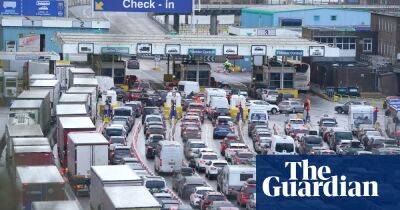A sick child means a £700 hole in our budget: that’s the reality of life as a working parent
L ast month, my daughter got the flu. Days bled into miserable weeks of cancelled work and missed nursery as the virus hopped from her to my husband to me; a groundhog day fever dream of Bluey, Calpol syringes and animal crackers. Financially, it was just as ruinous. Patchy earnings, alongside the nursery fees we paid despite her being unable to attend, left us at least £700 in the red – for the second time in three months (in December, three weeks of unexplained fever culminated in my daughter’s eardrum exploding; a relief for all of us).
Those calculations may look stark on the page, but working families are now being expected to swallow gargantuan losses like this on a month-to-month basis. Britain’s nursery fees are some of the most expensive in the world: a full-time place for a child under the age of two costs on average more than £14,000 a year in the UK (in London, it’s at least £19,000 a year). Average fees increased by 44% between 2010, when David Cameron took office, and 2021, while average wages have largely stagnated, if not fallen in real terms. Somehow, parents today are expected to magic up an extra salary for the luxury of being able to work. And that’s without accounting for the baseline costs of raising, feeding and clothing children.
Forcing women to plug the holes in our gaping state-care offering with unpaid labour has its consequences. The number of women aged 25 to 34 leaving work to look after family is rising at the sharpest rate for 30 years, according to ONS data. A new report by the consultancy firm PwC found the UK had slipped down the international league table for women in work by five places, citing the “motherhood penalty” as the most “significant driver of the gender gap”. Three in four
Read more on theguardian.com














![What is driving Trader Joe’s [JOE] recent surge in DEX trading volume? - ambcrypto.com](https://finance-news.co/storage/thumbs_400/img/2023/4/2/62551_qsdez.jpg)




